- AI

Artificial Intelligence

Smart Products & Services
We follow Smart Products & Services

Intelligent Business Functions & Processes
We follow Intelligent Business Functions & Processes

Robotic Process Automation
We follow Robotic Process Automation

Personalized
healthcareWe follow Personalized healthcare

Identifying at-risk patients
We follow Identifying at-risk patients

Optimized routing and scheduling
We follow Optimized routing and scheduling
- ML

Machine Learning

Predictive
AnalyticsWe follow Predictive Analytics

Service Personalization
We follow Service Personalization

NLP
We follow NLP (Natural Language Processing)

Stock Market Forecasting
We follow Stock Market Forecasting

Fraud Prevention
We follow Fraud Prevention

Recommender engines
We follow Recommender engines
- blockchain
- IOT

Internet of Things
- AR
- Business Solutions
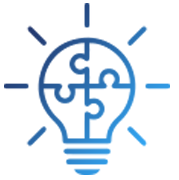
Business Solution

Business Performance Management
We follow Business Performance Management

Decision Making & Big Data Analytics
We follow Decision Making & Big Data Analytics

Enterprise Data Management
We follow Enterprise Data Management
- Apps

Apps

Native Apps
We follow Native Apps

Cross Platform Apps
We follow Cross Platform Apps

Web Apps
We follow Web Apps

Hybrid Apps
We follow Hybrid Apps

Cloud Native Apps
We follow Cloud Native Apps
- Lab
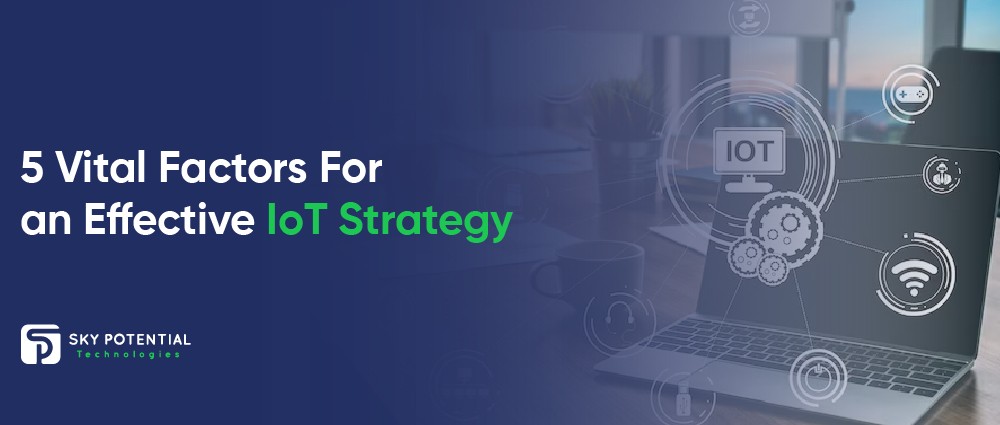
5 Vital Factors For an Effective IoT Strategy
With a hard truth, Real estate companies are quickly coming to terms. It’s no longer a matter of whether they require an Internet of Things (IoT) strategy; rather, it’s about how and when they implement it. A valued IoT sensor of 242 million in 2017 found its way into real estate properties that are commercial. They highlight the urgency of this paradigm shift.
Companies, for the achievement of widespread adoption, must better understand what IoT is and how to implement it well. This article’s primary goal is to support owners and operators. Here, they can comprehend the critical elements of an IoT strategy development to have strong building operations.
While some may think of an IoT strategy as merely including devices like Alexa and Nest Thermostats in luxury apartments? It is far from that simplicity. Especially for those that runs and ensure the efficient operation of buildings. The IoT, however, holds the potential to offer something entirely new in building operations: genuine transparency into the condition of building systems and the indoor environment.
Through IoT-powered software, it’s now possible to continuously commission every piece of equipment and proactively monitor for issues like leaks across an entire portfolio of properties. In commercial real estate; different from the Building Management Systems (BMS) limited 10% adoption rate, this game-changing technology is not exclusive to Class A properties with large capital investments.
The IoT become far more prevalent, but only 9% of companies are actively planning a portfolio-wide adoption of IoT as per the statistics, 22% are approaching it in a bitty manner, and 21% have yet to establish any plans. To bridge this adoption gap, companies need a full grasp of the nature of IoT and the right approach for implementing it.
-
Edge Computing
Edge computing, a fairly hot invention, has begun like real estate specialists are starting to grasp ideas such as ML, IoT, and Big Data. Simply put, edge computing allows devices such as sensors and metres at the collection source to analyse data rather than merely transmitting it to the Internet or the cloud.
This is important because IoT devices generate vast amounts of data, and transmitting, storing, and visualising this data in a helpful format can be prohibitively expensive. For example, an IoT device can generate 86,400 data points daily by collecting equipment performance data every second. And the cost quickly adds up when multiplied across numerous IoT devices in a building.
Edge computing decentralises this massive data load analysis to individual IoT devices instead of relying on a centralised cloud system. This approach reduces the expenses with faster and more detailed analysis associated with data storage, transmission, and processing in the cloud.
The edge computing implications for IoT are important. It reduces the costs of implementing IoT solutions and sets the stage for highly customised analysis. Instead of attempting to create broad rules for various building systems in a centralised manner, edge computing enables IoT providers to “train” devices and let them “learn” the specifics of their environment.
However, how the interaction between software and hardware will be achieved— is the only challenge and there is no clear plan for it. It’s unlikely that hardware manufacturers will allow custom code imports by everyone to readily open up their devices. On the other hand, if hardware and software companies team up exclusively, it might limit what the solution can do.
Operators and Building owners accessing IoT technologies ought to consider the connection between software and hardware. Vendors that attach the benefits of edge computing have both hardware and software better positioned. A successful strategy addresses current needs and necessitates a forward-looking perspective considering future adaptability. The development of edge computing outpace most expectations is what the recent history suggests.
-
Complexity
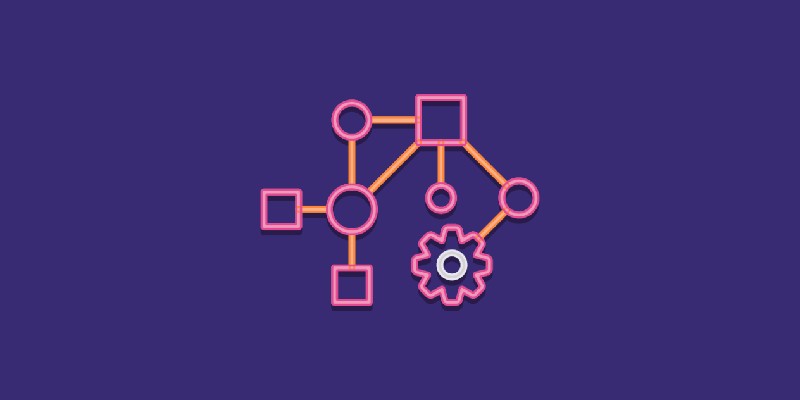
In the current cloud-based environment, even before the advent of edge computing, some ways exist to distinguish solutions.
The sheer volume of data points overwhelmed the building operators find themselves. A time-consuming and perplexing task is sorting through raw data that only exacerbates resistance to technological adoption—the actual value of data lies in the insights it can generate. Vendors to uncover pertinent anomalies design analytical software but face a complex challenge, though there is some low-hanging fruit to be found.
For instance, fault Detection and Diagnostics (FDD) solutions often rely on threshold-based operations. These insights can be precious to building operators, especially when dealing with equipment meant to run around the clock. A simple notification that the system isn’t using power can prevent a flood of tenant complaints. Thresholds are pretty simple to diagnose— an alert is sent if no power is used.
However, within building systems equally destructive issues cannot be recognised with such easy logic. Equipment short cycling is one example. Here, equipment in rapid succession repeatedly closes down and starts up. This practise results in wasted energy-related costs and even harms equipment life. Since the duration of each cycle can vary widely, a more sophisticated analysis is a must to detect this issue.
It can be challenging to differentiate between vendors with sophisticated analyses, and those relying on basic logic for “construction or building owners” and “operators” to assess IoT technologies. Several dimensions can help assess sophistication, while there is no straight solution to this query.
These dimensions cover the level of data granularity—measuring every second versus every minute or 15 minutes. The focus is on specific use types —identifying that a pump in a manufacturing plant operates differently from one in an office building. And the duration of data retention.
IoT solutions that collect data every second cater to a specific property type. It identifies complex operational issues, delivers maximum value to retain data forever, and is positioned better.
-
Conversions
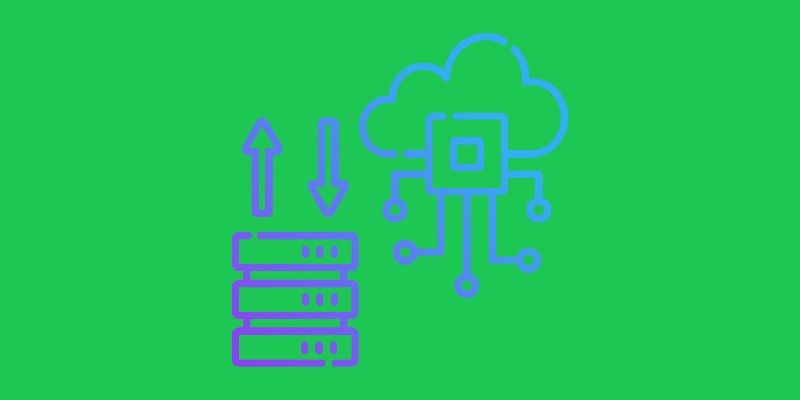
When IoT strategy development, how to transform the data collected by meters and sensors into valuable information for operators in the field is one crucial aspect to consider.
Regrettably, when it comes to the units of measurement, many on-site operators lack the context used by IoT devices. For instance, kilowatts (kW) is used to quantify equipment performance. Still, very few operators demand specific equipment to readily determine the baseline.
Recognising this challenge, some vendors to convert data into units have introduced algorithms that align with their end users’ everyday understanding. Knowing how long a piece of equipment runs is valuable information. Operators may not find kilowatt hours as meaningful. This knowledge can influence operational routines, maintenance schedules, and set point adjustments.
The practical implementation occurs in the field, and technology assessment typically occurs at the C-suite level. Owners and operators focusing on the end users and their existing knowledge base would be wise to evaluate the technology.
-
Range of Applicability
The IoT is filled with diverse applications, which is one of its most exciting aspects. While it’s crucial to focus equipment performance solutions on specific property types at a low cost, many other IoT devices can be deployed extensively.
For instance, for numerous real estate companies, Packaged Terminal Air Conditioners (PTACs) water leaks are recurring and costly. Simultaneously, it is a critical responsibility for operators to maintain the appropriate temperature in tenant areas. There’s no reason for real estate companies to monitor leaks and space temperature separately and engage different vendors.
Traditionally, landlords for a particular function would implement IoT solutions. However, owners and operators should prioritise platforms for a new IoT strategy development plan that can use a broad spectrum of data inputs.
-
Network Effect
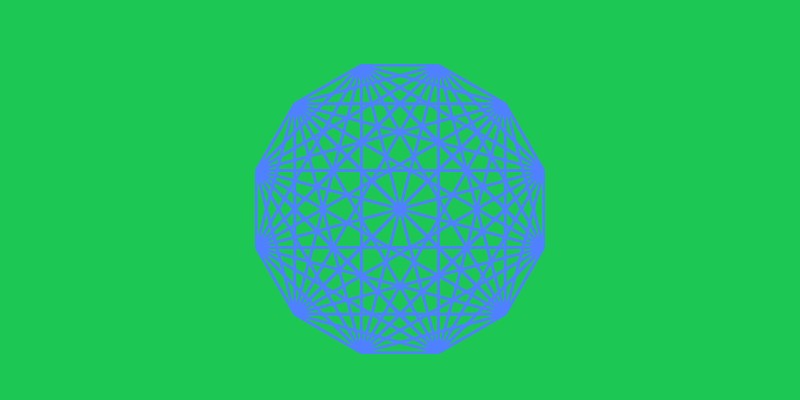
Google’s development of a superior algorithm drew in a massive user base rather than pioneer the search engine. Another data point was collected with each new query, enhancing the algorithm and attracting even more users. Over time, an insurmountable data advantage is that the company takes over other internet search providers.
Similarly, IoT platforms for commercial real estate are likely to follow suit. Solutions will naturally draw in more building owners that incorporate the key factors (outlined in this article). Each new building contributes to the growing data set, which, in turn, refines the platform’s analytical capabilities that are added to the system. Attracting even more users and ultimately establishing an insurmountable data advantage.
Predicting the future is challenging, but to help owners and operators make informed predictions, there are some indicators. Typically, technology providers hit a sweet spot when they succeed in larger portfolios, secure investments from technology experts, and maintain the motivation to innovate.
Furthermore, maintaining a massive data set to create a network effect is crucial. As mentioned earlier, storing vast quantities of data can be costly. While some vendors might choose to avoid this cost, skipping it means missing out on the opportunity to analyse historical data, a crucial factor for the network effect to flourish.
Conclusion
In commercial real estate companies, a wide range of use cases, internal resources, requirements, and budgets exist for executing the IoT.
The IoT, fortunately, is an affordable, targeted, modular solution. It delivers substantial value at any scale. However, when a well-thought-out and successful IoT strategy development is in place, this holds true only. While such a strategy encompasses more than just building operations, this article can serve as a valuable guide for developing that particular aspect of the strategy.
For building owners and operators seeking a successful rollout, finding solutions that can leverage edge computing, focus on finding intricate insights, convert data into meaningful metrics, span a wide range of applications, and position themselves to benefit from the network effect will knowingly enhance the likelihood of success.
So get our IoT devices consultancy now for the best IoT strategy for your business.
As a leading software house in the UK, we serve hundreds of European clients who are all happy with us. So call us by visiting our site and make a great professional memory with us.
Also Read: How IoT Technology is Reforming Agriculture Industry in 2023 And Beyond



















































Leave a Reply